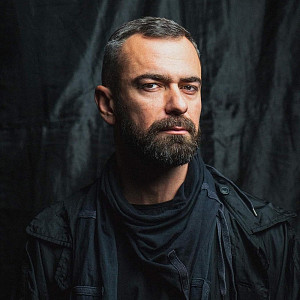PalmReclaim
Nada Sroor
student
Cairo University, Faculty of Engineering Architecture Department.
Egypt
Architecture
This project is a contextual architectural response to the environmental and economic issues caused by palm waste in Rasheed, Egypt—a city with deep… more

Giorgi Gabunia
advisor
International Black Sea University - Faculty Of Computer Science And Architecture
Georgia
I specialize in sustainable, context-sensitive design with a strong emphasis on environmental… more
“PalmReclaim” is an exemplary response to both environmental and economic challenges, offering a design that is at once practical, community-oriented, and deeply rooted in its context. This project transforms the problem of palm waste into an opportunity for innovation, education, and social engagement — a way of thinking that is absolutely essential for the future of sustainable architecture.
The proposal demonstrates a strong integration of environmental strategies: the vertical drying towers are not only technically sound but also poetic in how they harness wind through the Venturi effect, turning a natural force into a functional and spatial experience. The careful building orientation and sunken form respect local wind patterns, solar exposure, and the coastal landscape, resulting in optimized natural ventilation, daylighting, and energy efficiency.
The architecture feels organic and site-specific: the geometry, volumes, openings, and material palette blend seamlessly with Rasheed’s coastal setting, creating a structure that appears as an extension of the terrain. The roof promenade and framed views connect people to both the production process and the sea, transforming an industrial function into an educational and civic experience. The introduction of green corridors and planting walls adds a strong biophilic layer, guiding visitors naturally and softening the transition between land, building, and beach.
I would recommend incorporating ramps and other accessibility solutions to ensure that the entire facility is inclusive for disabled visitors. Additionally, it would be helpful to see at least one or two renderings from human eye level to better understand the spatial experience, scale, and materiality from a visitor’s perspective — complementing the bird’s-eye visualizations currently presented.
06.09.2025


